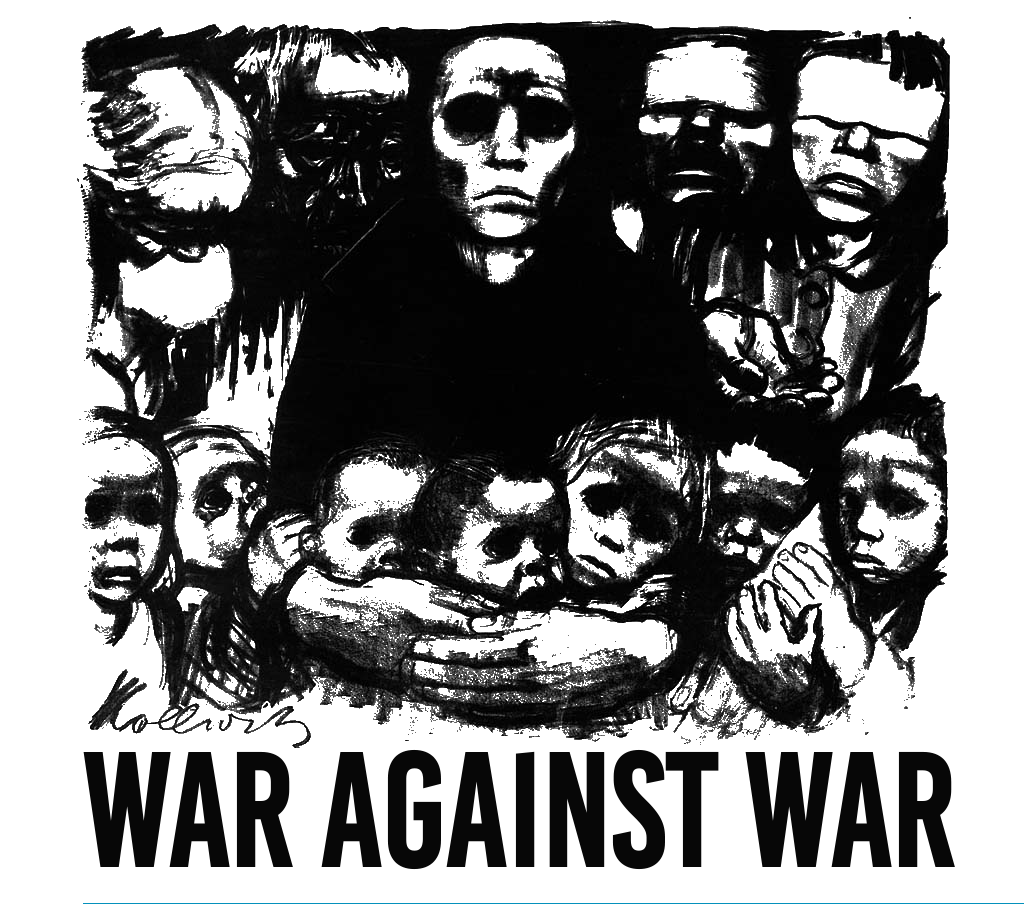How do armed actors respond to population movements during civil wars? I argue that displacement alters local balances of control between territorial rulers and challengers. Local territorial rulers have incentives to govern violently if displaced persons perceived as members of opposing loyalty groups move into their territories and challengers spoil local governance by inflicting harm on civilians if incoming supporters of a local ruler reinforce the governor’s control. To test these dynamics, I use a combination of manual coding and machine learning to create a novel monthly dataset of territorial control, one-sided violence against moving populations and displacement patterns disaggregated by ethno-religious groups in the war against the Islamic State (2014–2017) in Iraq. Using negative binomial count models, I find that territorial challengers and rulers distinctively respond to population movements in Iraq. The paper extends previous theories of civilian victimization and territorial control by conceptualizing local populations as a dynamic element that explains where fleeing civilians become moving targets.
This was originally published on SAGE Publications Ltd: Journal of Peace Research: Table of Contents.
